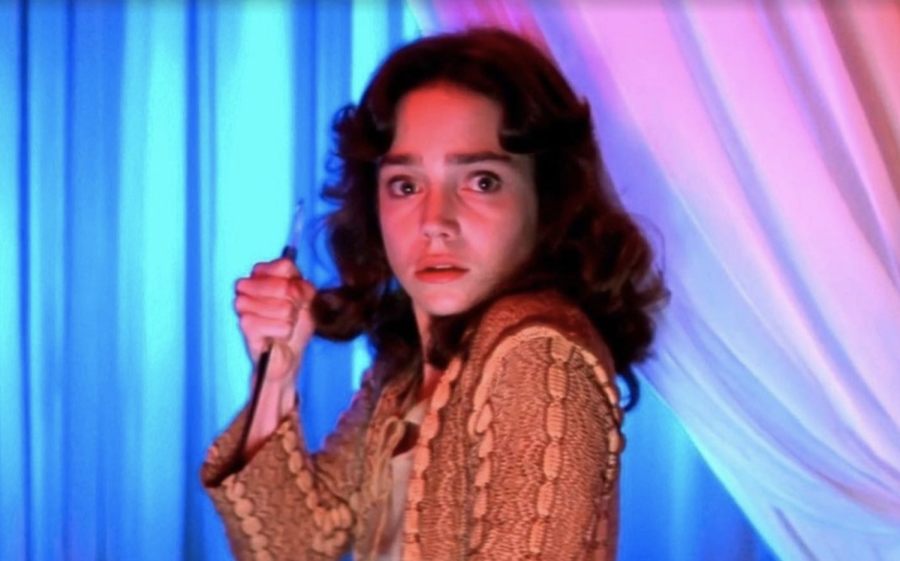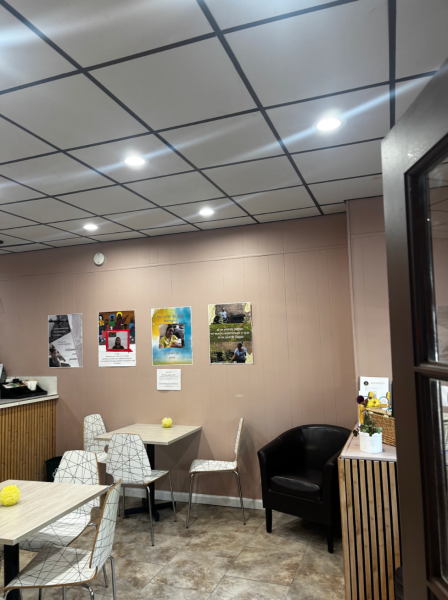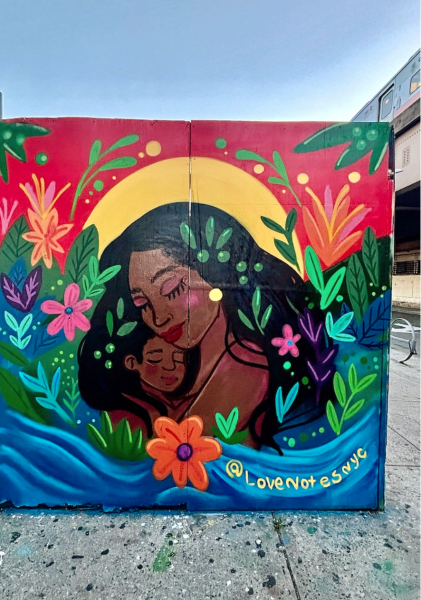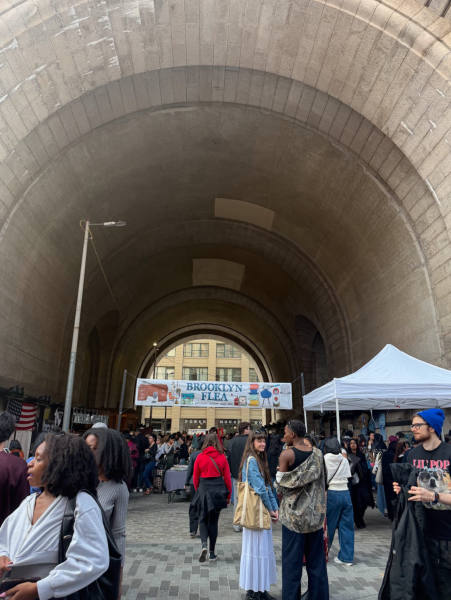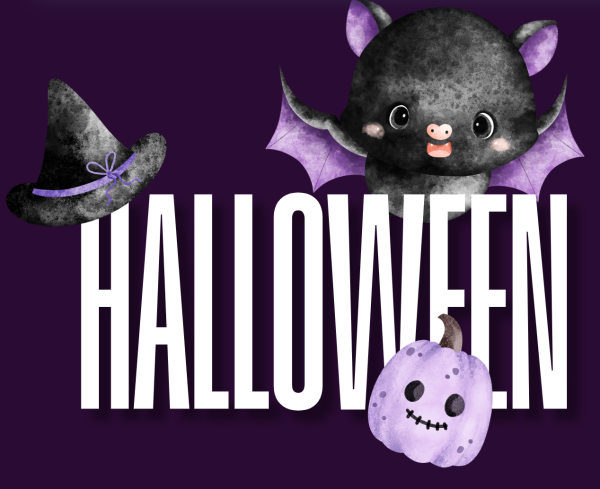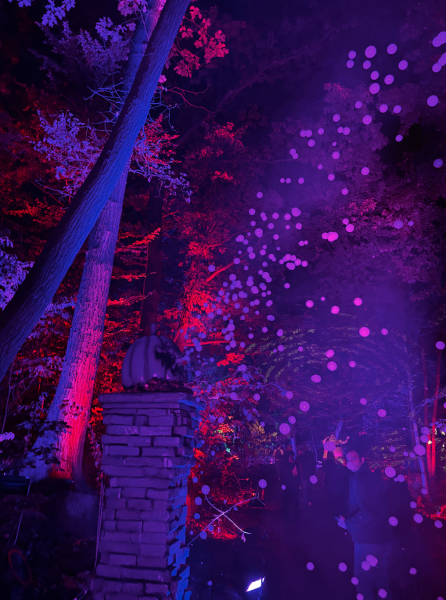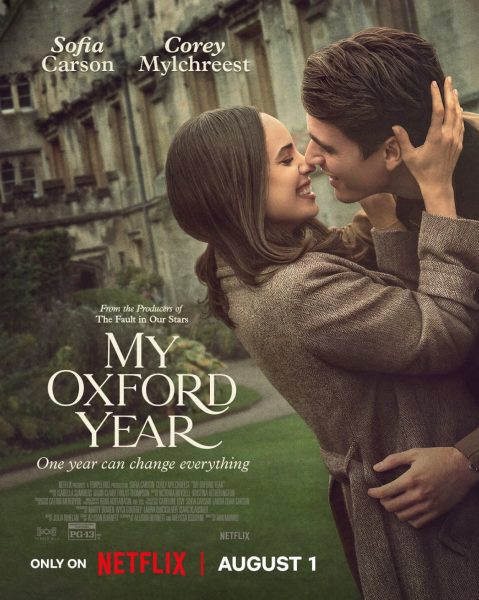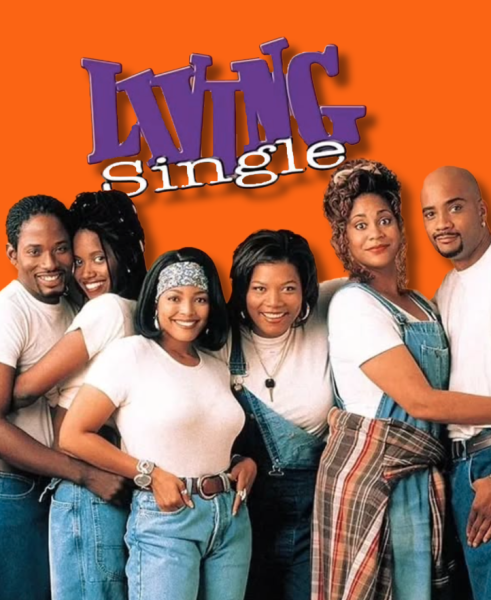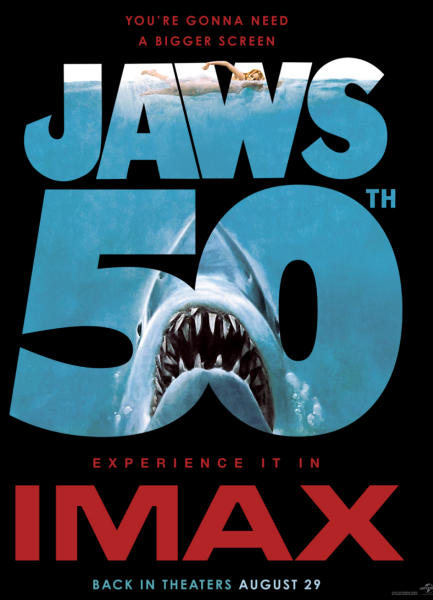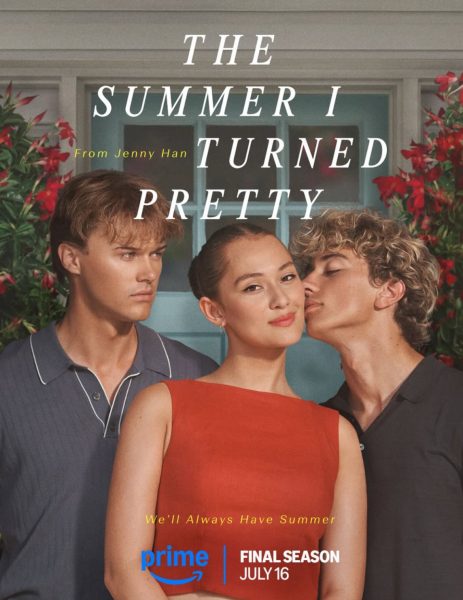“Suspiria”: Dario Argento’s Exercise in Aesthetic Horror
While viewing the 1977 horror masterpiece, “Suspiria,” it’s easy to make an attempt to glean some form of subtext from the narrative. Indeed, the story seems as if it would be ripe for interpretation: An American student travels to Freiburg, Germany to attend a prestigious dance academy only to slowly discover that the school is a front for a witch’s coven. Yet, upon rewatching it, I was instead struck by how pure and simple it is in its aims. This film doesn’t try to make any sort of grand, overarching socio-political statements, nor does it wander into the realm of the metaphysical. Instead, it conveys its story almost entirely through its form. The dialogue is certainly nothing to write home about (and don’t get me started on the dubbing), but make no mistake: “Suspiria” is a complete masterclass in visual storytelling.
The film sets an ominous tone right from its opening scene, which depicts protagonist Suzy Bannion’s (Jessica Harper) arrival in Germany. A torrential downpour, blood red neon lights, a shifty-eyed cab driver — the images Argento chooses here don’t contain any real threats, but they are threatening nonetheless. This seemingly inescapable feeling of unease and dread persists throughout the film’s quieter, plot-driven moments, creating an unbearably suspenseful mood that snaps like a tightly wound guitar string as the film descends into full, blood-soaked horror. Yet, these tension-breaking moments aren’t the main grab of “Suspiria”; rather, the tension itself is why this film’s horror is so effective. The supernatural threat underlying the narrative feels as if it’s always right around the corner, inching ever closer to both Suzy and the audience with each passing minute. In one particularly unsettling sequence, maggots rain from the dormitory ceiling, and the dancers then have no other option but to sleep in the dance studio. A thin curtain surrounds the students, all sound asleep in their cots save for Suzy and Sara (Stefania Casini). Unbeknownst to them, another figure sleeps in the same room, obscured behind the curtain. The figure in question is Helena Markos, the witch who runs the school, whose hoarse, labored breathing reverberates unsettlingly throughout the studio. While this scene doesn’t see the deaths of any of the characters, it is nonetheless incredibly creepy, and it encapsulates the essence of the film perfectly. If other late ’70s horror films, such as “Alien,” are pure prose, then “Suspiria” is poetry. Nothing about the narrative is particularly grabbing; the characters are rather two dimensional, the dialogue is often clunky and awkward, and the monster itself isn’t as lastingly relevant or memorable as other horror villains of the era. But the sinister mood created within this particular motion picture is incredibly palpable, so physical and potent that one could almost reach out and touch it.
Of course, one can’t talk about “Suspiria” without mentioning the interplay between the cinematography and the music. Color plays a large role in the film, and Argento bathes his characters in a psychedelic combination of reds, blues, purples and everything in between. Red especially plays a prominent role, symbolizing the imminent bloodshed that lurks in the shadows. The film is undoubtedly a product of the rock and roll era, and its luscious visuals are heightened by the original score performed by progressive rock band Goblin. In the now legendary main theme, twinkly, baroque pianos play in tandem with demonic howls and droning bass lines, creating a piece of music that sounds like it was written by the witch’s coven themselves. This soundtrack, when coupled with the slow, precise camera movement of the film, only heightens the tension. Argento, most likely realizing his weakness at writing engaging dialogue, lets the music tell the story for him. This film, unlike others of its time, does not seek to make any sort of relevant critiques of societal values. Instead, it reinvents the horror film as a series of renaissance paintings, which are as grotesque and frightening as they are aesthetically pleasing. In short, I can think of no better film to watch during the Halloween season.





































































































































































































